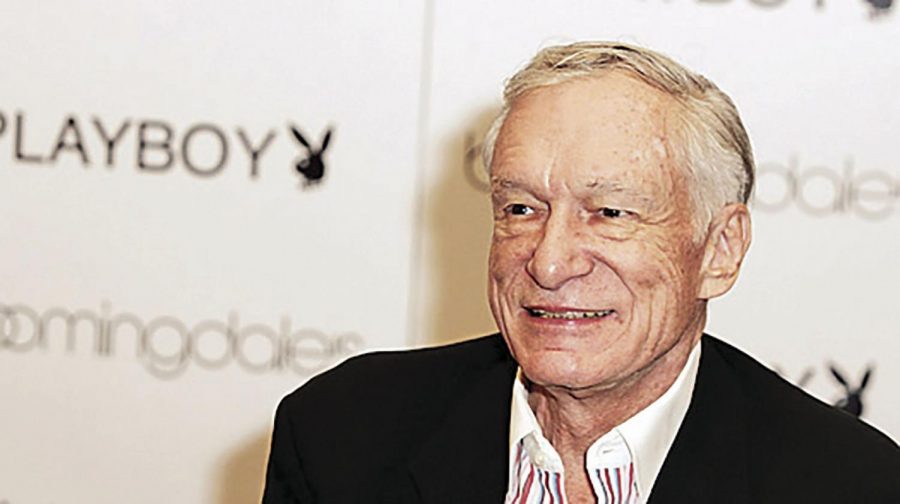OurView: Legacy of Hefner and Playboy marred by abuse, scandal, false feminism
Each week, the editorial board reflects on a current issue in Our View. The position taken does not necessarily reflect the opinions of everyone on the Hilltop Views staff. This week’s editorial board is composed of Viewpoints Editors Lauren Sanchez and Kenny Phipps.
Hugh Hefner, the creator of Playboy, died this past Wednesday at the ripe age of 91. His death has conjured a lot of questions about his legacy and whether or not the mark he made on our society was as good as the wannabe-Hefners on the internet will tell you. Beyond first glance, Hefner’s legacy is something of a gray area.
Playboy allowed women to express their sexuality in a time when that was frowned upon. In fact, during the time that Playboy first published its magazine, states could still ban the use and sale of contraceptives. Society was afraid of women expressing the same sexual confidence that men had practiced for years, and Playboy played no small part in changing the national conversation about their right to do so.
Another point of pride for Hefner was that he supported abortion rights long before doing so was popular. The magazine editorialized their stance on a woman’s right to choose in 1965, eight full years before the landmark Roe v. Wade decision. Hefner even went so far as to declare that “I was a feminist before there was such a thing as feminism,” to Esquire in 2007.
On the other hand, the motives for Hefner and Playboy were dubious at best. The support of abortion rights might, for example, be best explained by a man “running a magazine in the pre-Pill era that advocated as much sex with as many female partners as possible,” according to the Times’s Taffy Brodesser-Akner. After taking a deeper look into the life of Hefner and his “girlfriends,” it’s apparent he was no patron saint of women’s sexuality. Much, if not all, of his “liberation” efforts took place in order to service men via objectifying women.
Whatever Hefner’s political legacy might be, his personal life was marked with years of alleged abuse of the women who lived in the Playboy Mansion. Holly Madison, a former Playboy Bunny, claimed that Hefner had a curfew set for the girls at 9 p.m., and that if any of the girls showed up late after curfew he would tell them to move out, all while shedding crocodile tears. Madison also claimed that their first night together, he offered her Quaaludes, saying “usually I don’t approve of drugs, but in the 70s they use to call these pills thigh openers.”
On top of literally drugging the bunnies before their group sex ritual, he refused to wear condoms or test for STDs. After sex with Hefner, Madison claims the girls would receive their allowance, but only after he made sure to threaten them, saying that if they had left him unsatisfied or they weren’t participating enough, he wouldn’t pay them. It’s easy for someone on the outside of an abusive relationship to say “these girls had the choice to leave.” And while, yes, humans have legs and it’s easy to walk out a door, it’s not easy to walk out of an abusive relationship. A relationship where Hefner told the girls if they left “no one would ever love them like he did.”
The ambiguous nature of Hefner and Playboy’s legacy demonstrates the problems inherent in letting men be responsible for the liberation of women. Sexual exploitation cannot be equated with advancing the rights of a marginalized group. Despite his supposed progressive displays, Hefner’s actions ultimately illustrate his predatory nature.
He is not an icon. He is not admirable. He was an abuser.







